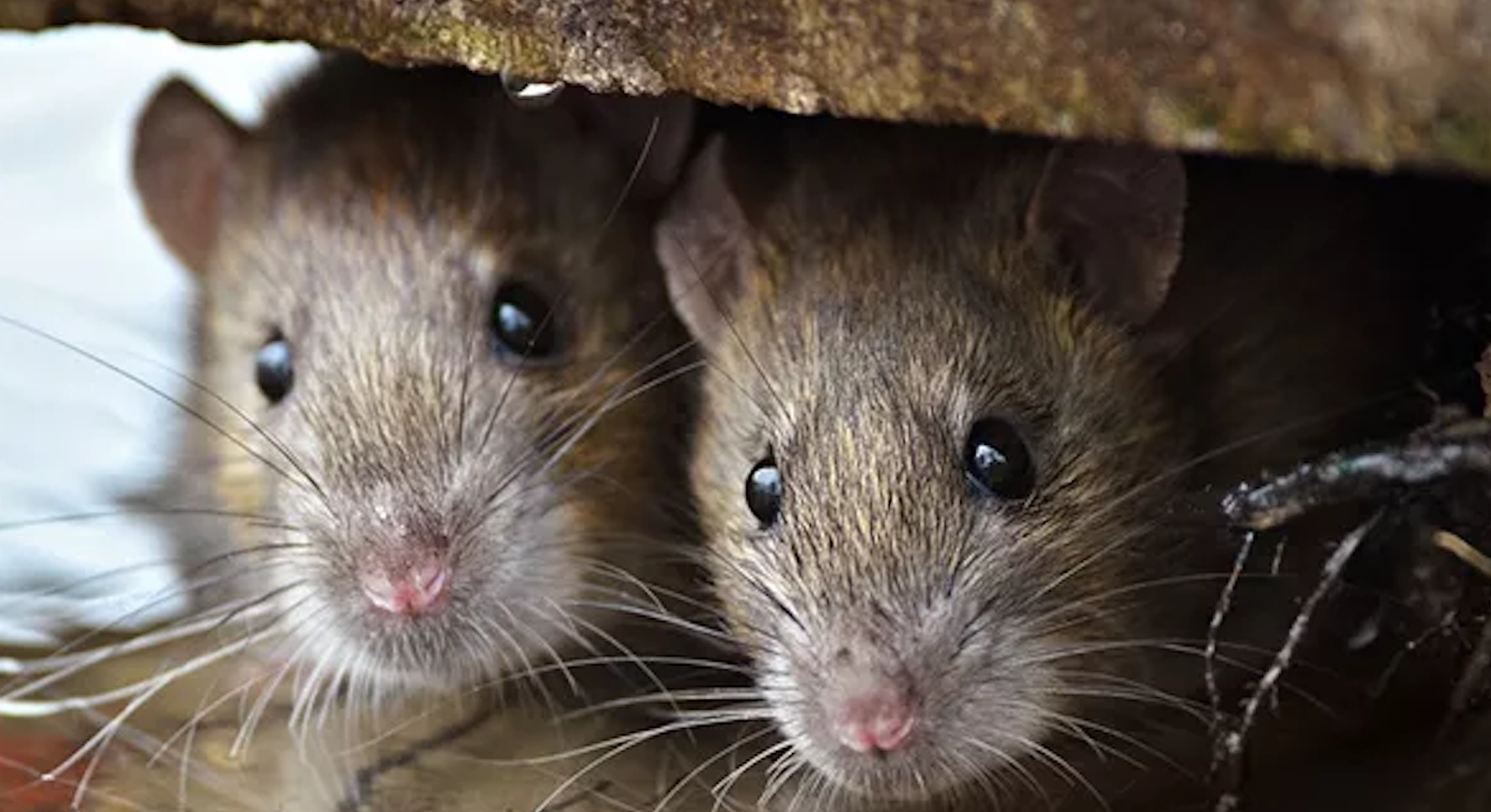Dealing with a mouse infestation can be a huge nightmare for homeowners, and most of us hope never to encounter these pests at all. Is there anything creepier than turning on the kitchen light and seeing a mouse scurry across the floor and out of sight?
For Maryland homeowners, dealing with mice doesn’t have to be a reality. Knowing the signs of a mouse infestation, what to do next, and when to call an exterminator is imperative for keeping these pests away from your home.
Common Types of Mice in Maryland
Two main types of mice commonly found in Maryland are house mice and deer mice.
House mice are typically brown or gray in color and are on the smaller side, usually about 5 inches in length.
Deer mice, on the other hand, are brown or gray but have white hair on their bellies and legs, making it easy to spot the difference between the two. Deer mice can grow up to 7 inches long, including their tail.
Both species of mice are known to dwell inside Maryland homes and can be vectors for diseases such as Hantavirus Pulmonary Syndrome (HPS), Salmonella, and Lymphocytic Choriomeningitis Virus.
Therefore, eliminating a mouse infestation in your home at the first sign is essential for protecting your health.
9 Signs of a Mouse Infestation
There are several telltale signs of a mouse infestation to be aware of, including:
1. Droppings
Mouse droppings are black or dark brown in color and are small and granular, usually about ⅛ to ¼ inch long. Mouse droppings can sometimes be mistaken for coffee grounds or dirt, which is why it is imperative that you know how to tell the difference.
2. Gnaw Marks
Mice often leave gnaw marks on tables, chairs, and walls. They are also known to chew through food packaging, and you may notice more gnaw marks in your kitchen, as these pests are typically in search of food.
3. Nesting Materials
Mice use different materials to make their nests, including anything from paper and fabric to loose string and even insulation. Finding random piles of nesting materials around your home may be a sign that you’re dealing with a mouse infestation.
4. Scratching Noises
Since mice are nocturnal, it is common to hear scratching sounds from inside your walls at night when the house is quiet. Listen for any unusual sounds coming from your walls, and contact a pest control professional immediately if you hear anything strange.
5. Tracks and Footprints
Seeing mouse tracks in your home isn’t usually the first sign of an infestation, but it is still important that you’re able to identify them. Mouse tracks are small, typically less than half an inch long. Their front feet have four toes, while their back feet have five.
6. Grease Marks
Mice are known to leave grease marks on the surfaces of a home as they pass through. The grease comes from their fur, which they pick up when squeezing through cracks and crevices.
7. Strong Odor
Mice tend to give off a strong odor, often described as musky or fishy. If you notice any strange or off-putting smells in your home, it may be time to contact an exterminator.
8. Chewed Food Packaging
Mice are known to chew through food packaging to gain access to the treats they are seeking, so you may notice gnaw marks on different items in your kitchen if a mouse infestation is present.
9. Live or Dead Mice Sightings
Spotting live or dead mice in your home is a telltale sign of a mouse infestation and something you should take very seriously. Contact a trusted pest control professional immediately to have the infestation taken care of.
When to Call an Exterminator
Dealing with any kind of pest is cause for concern, especially when it comes to mice. These pests are notoriously difficult to get rid of and are great at hiding, so you won’t want to try to take on this job alone. An experienced pest control professional will be able to inspect your home to determine the severity of the infestation and aggressively target the mice in your home to kill them once and for all.
FAQs
Where do mice typically build their nests?
Mice prefer to build their nests in warm places where they are safe from the elements. They also prefer to be close to a food source but preferably away from any high-traffic areas in the home, which is why you will often find them in basements, attics, and closets.
What do mouse gnaw marks look like?
Mouse gnaw marks are small, circular punctures with clean edges. The appearance of these gnaw marks is created by their sharp incisors.
How do I identify mouse tracks and footprints?
Mouse tracks are very small, usually less than half an inch long. Mice have four toes on their front feet and five toes on their back feet.


